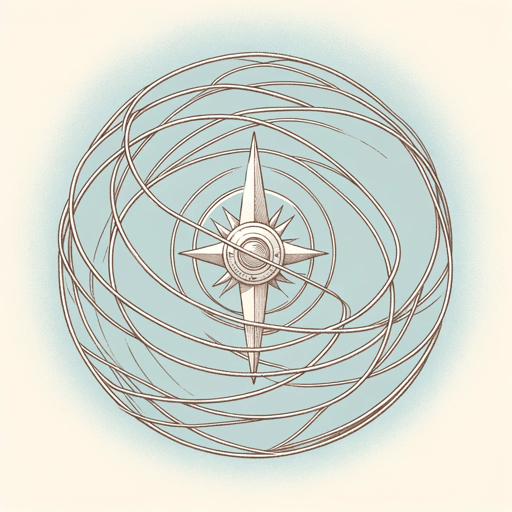51 pages • 1 hour read
Cecelia AhernFlawed
Fiction | Novel | YA | Published in 2016A modern alternative to SparkNotes and CliffsNotes, SuperSummary offers high-quality Study Guides with detailed chapter summaries and analysis of major themes, characters, and more.
Symbols & Motifs
Branding
Branding represents Flawed individuals’ offenses. Celestine explains that once an accused is deemed Flawed, they receive a brand on a different part of their body:
For bad decisions, it’s their temple.
For lying, it’s their tongue.
For stealing from society, it’s their right palm.
For disloyalty to the Guild, it’s their chest, over their heart.
For stepping out of line with society, it’s the sole of their right foot (4-5).
In retaliation for her defiance, Celestine receives all five brands as well as a sixth on her spine when Judge Crevan declares that she is “Flawed to [her] very backbone” (125). The use of branding as a way to signal an individual’s deviance from a social norm or ostracized status is reminiscent of historical and literary symbols of oppression.
The segregation between Flawed and other individuals echoes, for instance, the treatment of marginalized groups during World War II by the Nazi regime. Targeted populations were forced to wear color-coded symbols to visibly differentiate them from others, such as yellow stars for Jewish people or pink triangles for gay people. Auschwitz concentration camp prisoners were tattooed with numerals, stripping them of their humanity. In Flawed, the brands and armbands marked with an “F” worn by Flawed people are meant to highlight their perceived moral faults and enable discrimination against them.


